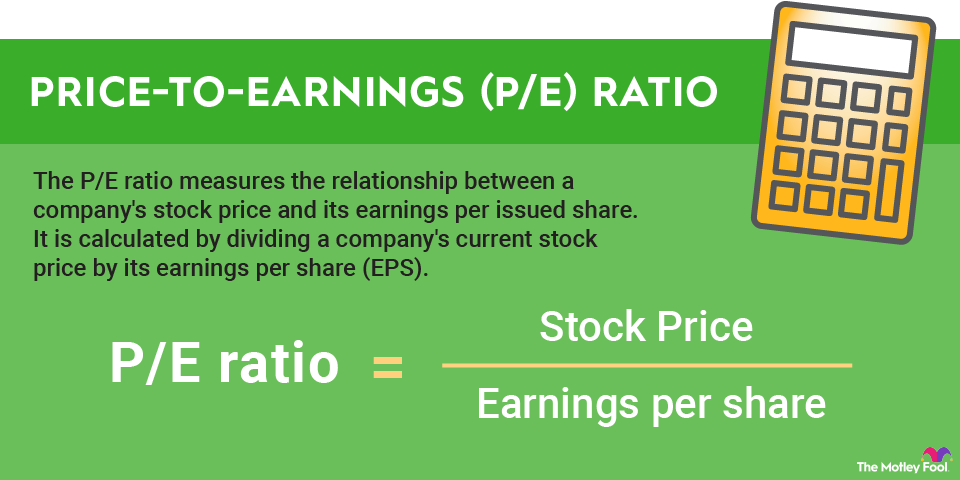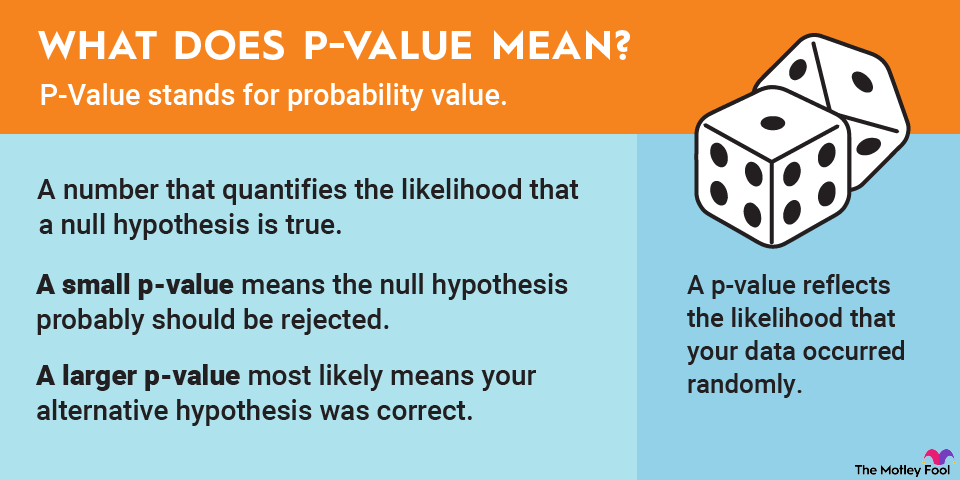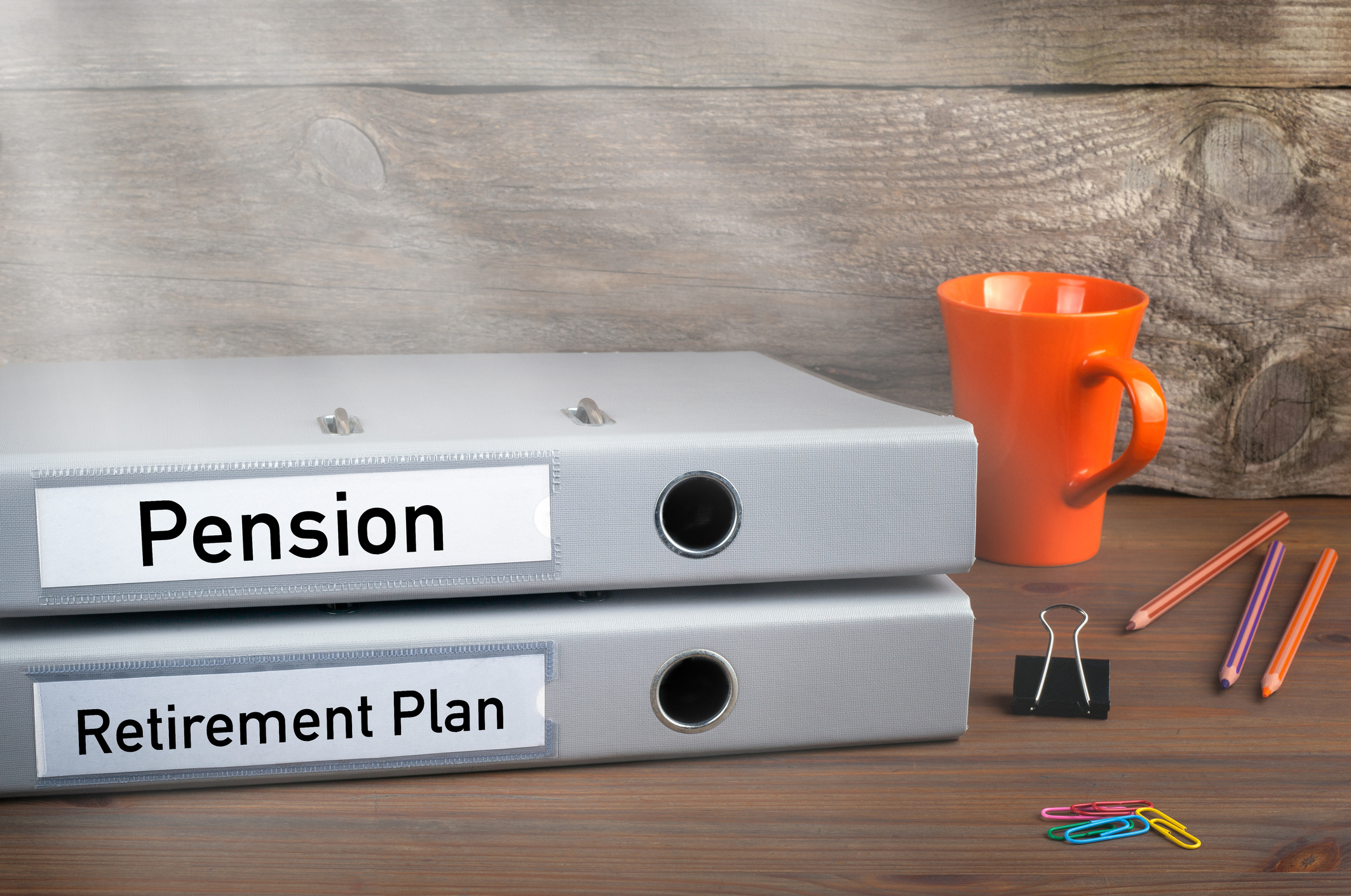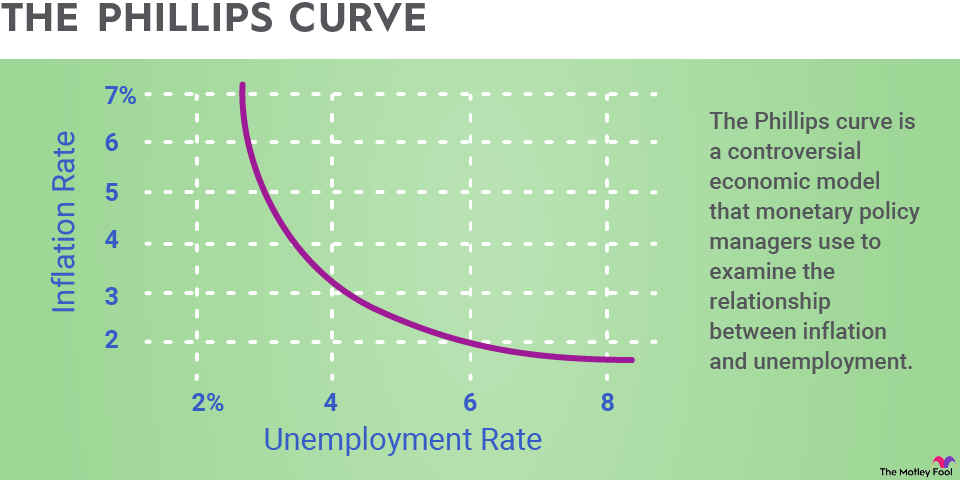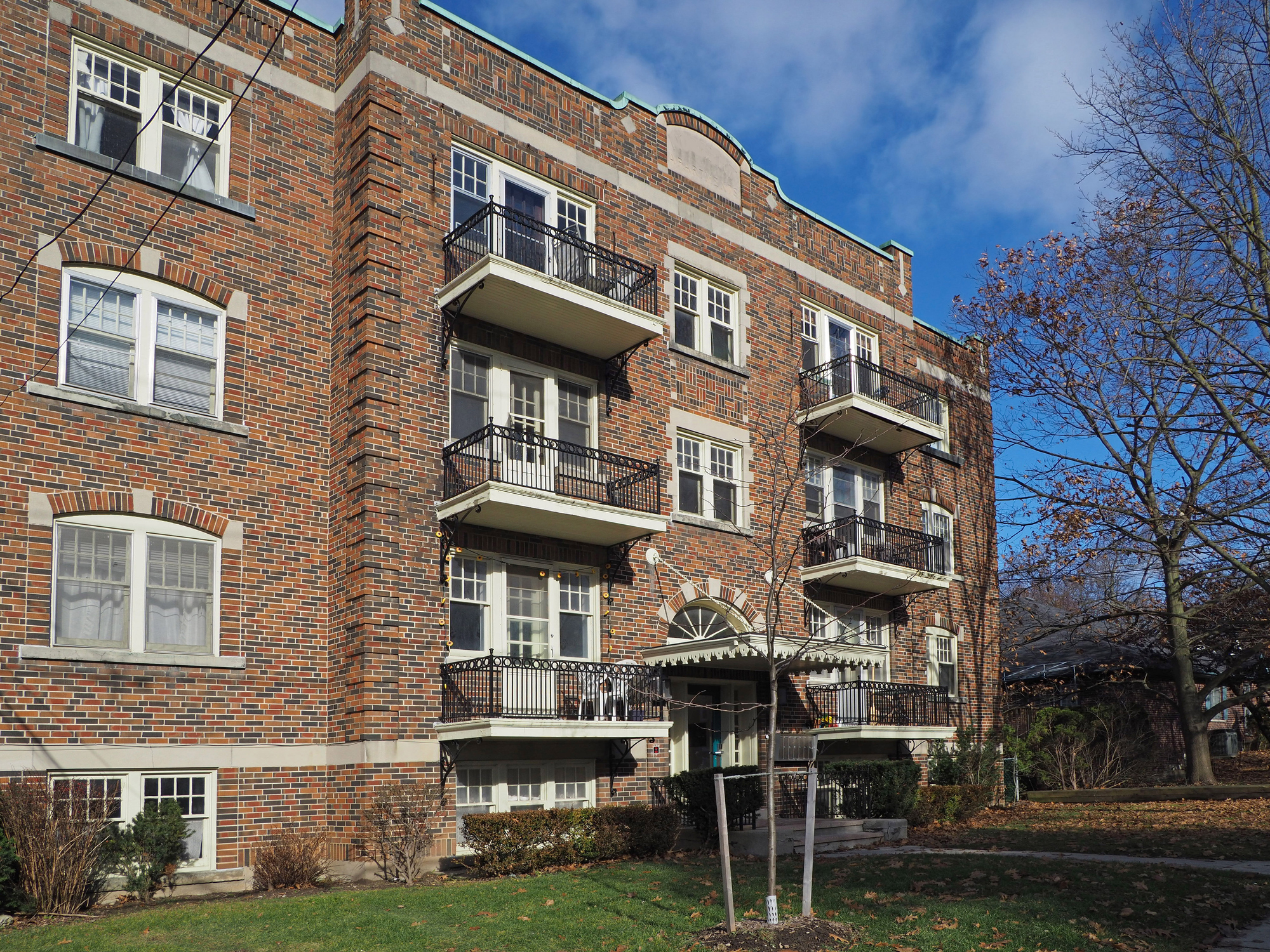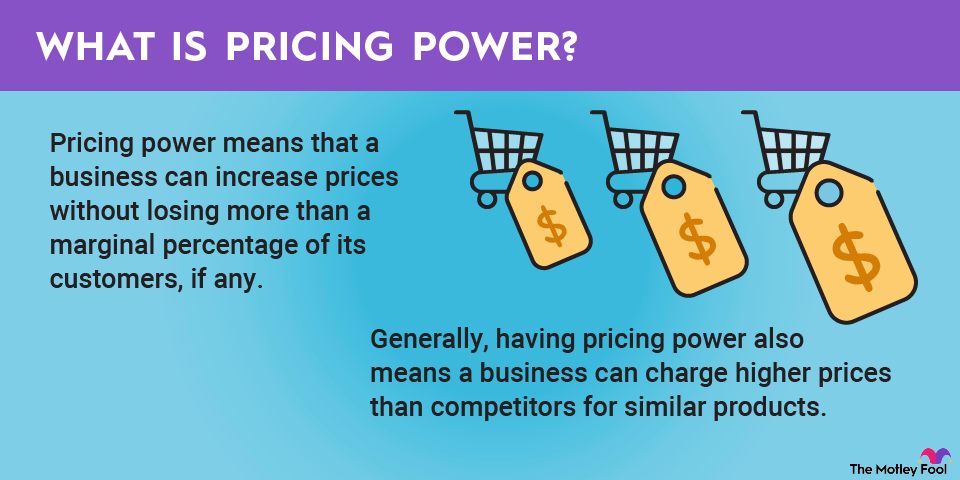Whether you're buying residential real estate or leasing a commercial property, you're going to come across a common metric most real estate professionals use: "per square foot." Generally speaking, the full term is "price per square foot," and it's used with several different metrics. Read on to learn more about why this term matters.

What is per square foot (PSF)?
In the real estate sector, the primary things that you deal with are structures, so it makes sense to have a metric that allows you to compare different-sized buildings in a like-for-like way. That's where a per-square-foot measurement comes in.
Whether you're talking about rents per square foot, the cost of remodeling per square foot, or something else, you will know immediately when a bigger building is actually the better value or if a smaller remodel will give you the best deal.
Per square foot in commercial leasing
A very common place to encounter per square foot is in commercial real estate leasing. Whether you're leasing the property yourself or you're looking for a tenant, you're likely to express the rents that you're comparing your building to in terms of per square foot. One building that seems like a great deal might rent for $100 per square foot, whereas another rents for $80 per square foot.
With similar amenities and conditions, this metric makes it really easy to figure out which building is the better deal for a renter and helps landlords price their properties accordingly, too. Commercial buildings can be very different, so having a metric like price per square foot among the factors being considered helps level the playing field.
Per square foot in residential real estate
Per square foot is used a little differently in residential real estate than in commercial real estate. Homes are rarely expressed in prices per square foot -- instead, the whole property is priced as one, whether it's a lease or a purchase. It's $1,500 per month to rent an apartment or $300,000 to buy a house.
However, there are places where this metric comes into play, primarily in the world of construction. If you're considering building a new custom home, for example, you may be initially given base pricing based on a per-square-foot calculation. This house will cost approximately $250 per square foot to build, unless you use different materials than those specified, for example.
Another place this could be seen is in having remodeling or repairs made. A major remodel or repair can be a big deal, and rather than being priced by the item, the extensive nature may lend itself to a per-square-foot calculation. So, to repair your home after a kitchen fire could be $120 per square foot, in a hypothetical example, assuming the same materials are used in the repair.
Related investing topics
Why per square foot matters to investors
When you invest in real estate investment trusts (REITs), per square foot should matter to you a lot since the majority of your company's income will come from leases priced per square foot. You may be able to compare how much your company charges its tenants for warehouses or retail space versus the competition to determine just how much risk that pricing represents, for example.
If you know that the REIT across the street (try saying that three times fast) charges $25 per square foot for strip mall space, and your REIT charges $35 for a similar space, it's important to assess just what it is that tenants are getting for that extra $10. What keeps them there, and why are they staying when they could just move across the street and save a bundle?
This is also important when you're investing in home builders, which often internally calculate the price of homes per square foot as a way to track the costs of construction. If homes were $100 per square foot to build last year but are $125 per square foot this year, what is the builder doing to attract more buyers? How are they keeping people interested in what they've got to sell?
You can also compare home builders using this metric, though it's important to consider interior finishes because new houses can use a range of different materials.

